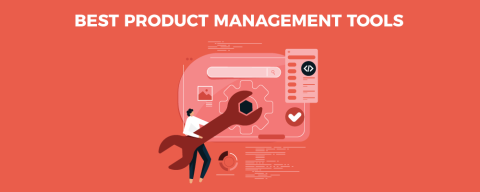How to Start an Agency: Step-by-Step Guide to Success
Are you looking for a way to start your own business and be in control of your own future? If so, starting an agency might be the perfect option for you. However, it’s also going to be a lot of hard work. There are many things to do to get your business up and running. This article will discuss the steps you need to become a successful business owner of an agency and everything you need to know to get started, from choosing a niche to set up your finances. Let’s dive in!









